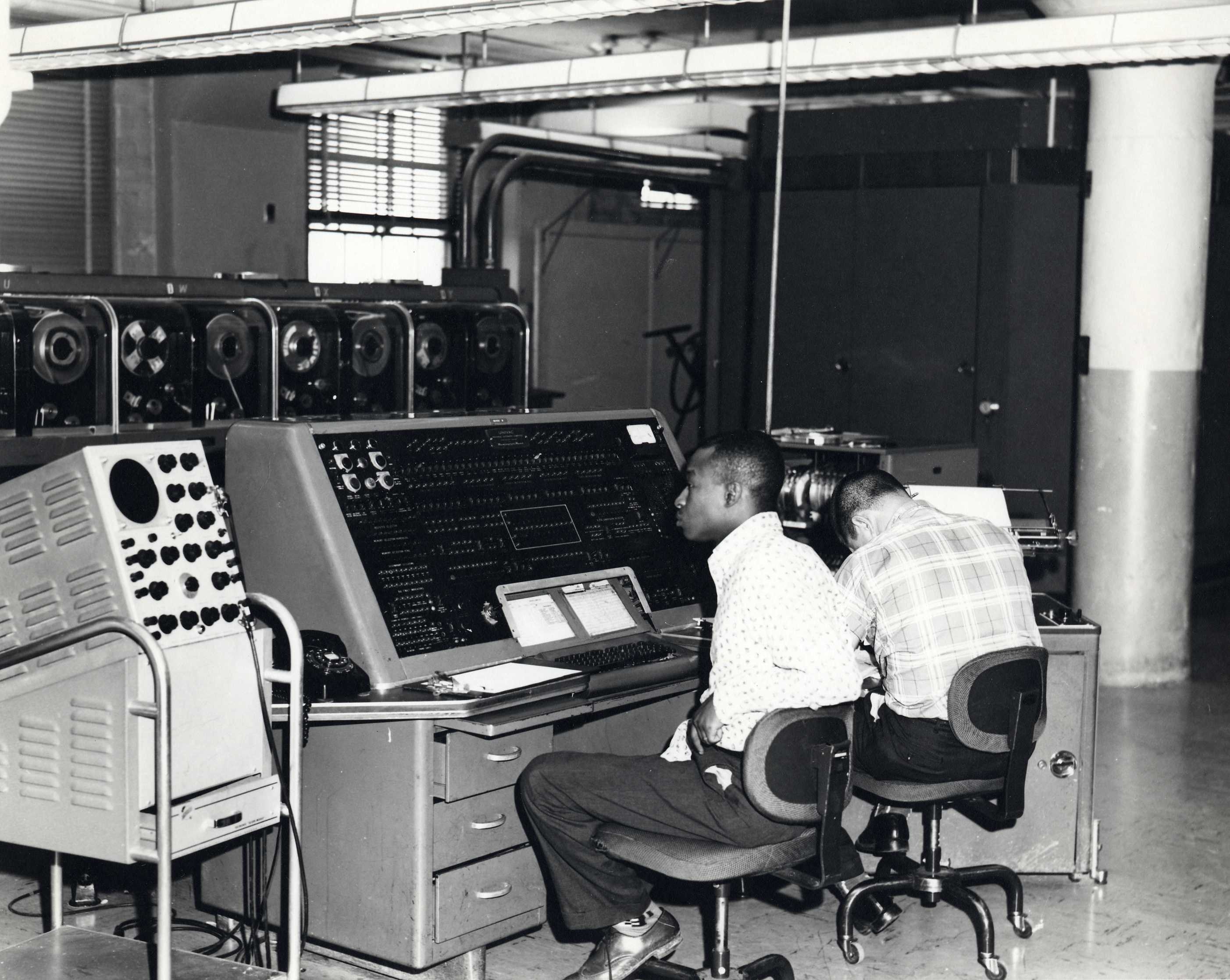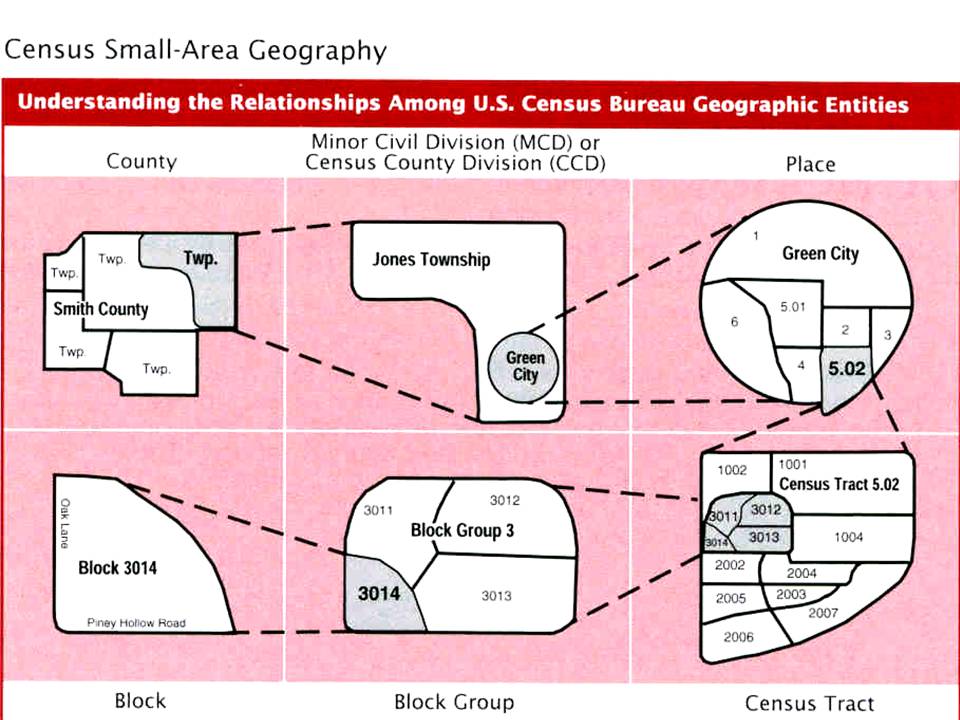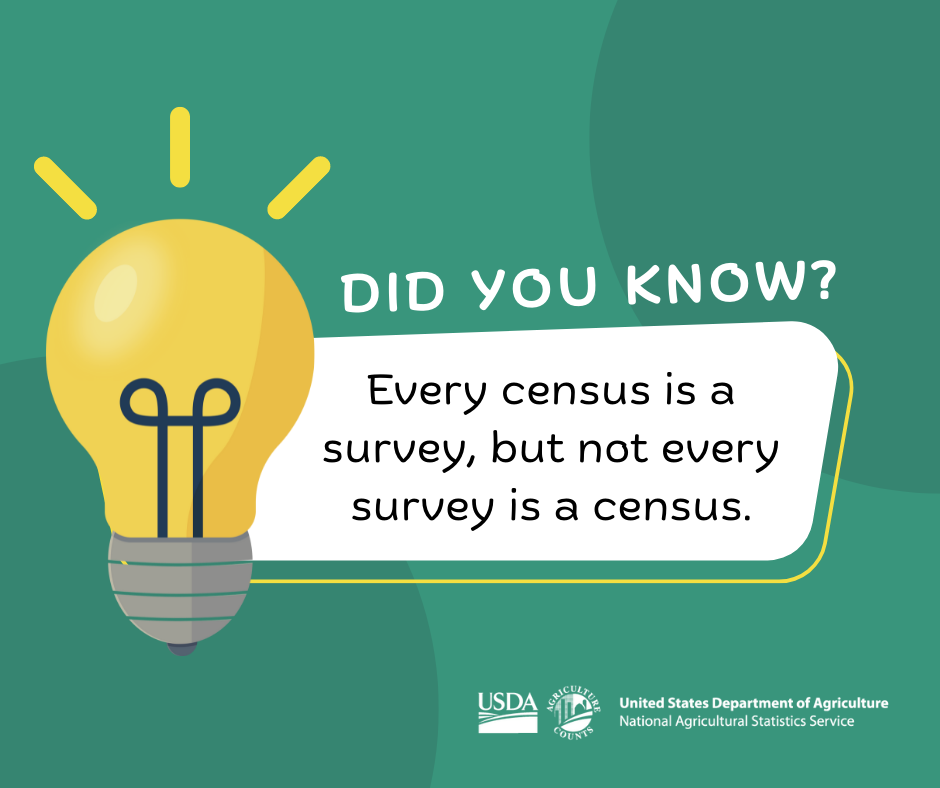Making Sense of the US Census

History of the US Census
Section 2 of the U.S. Constitution states:
“The actual enumeration shall be made within three years after the first meeting of the Congress of the United States, and within every subsequent term of ten years, in such manner as they shall by law direct.” 1
The decennial census began in August 2, 1790, under the supervision of the Secretary of State, Thomas Jefferson.
History of the US Census
U.S. Marshalls conduct the first census, which was little more than a count of our population, which asks six questions:
- Name of the head of the family
- Number of
- free white males 16 years and up
- free white males under 16 years
- free white females
- all other free persons
- slaves

History of the US Census
By the turn of the century, the demographic, agricultural, and economic segments of the decennial census collected information on hundreds of topics.
Recognizing the growing complexity of the decennial census, Congress created a permanent Census Office within the Department of the Interior on March 6, 1902.
On July 1, 1902, the U.S. Census Bureau officially “opened its doors”.
Innovations
Herman Hollerith, a U.S. Census Bureau employee during the 1880 census, revolutionized a means of coding and tallying information for the 1890 census, using punch cards.
Hollerith formed the Tabulating Machine Company, which later became part of what is now International Business Machines, or IBM Corporation.

Pioneers in Computing
The Electronic Numeric Integrator and Computer or ENIAC was the first programmable, electronic, general-purpose digital computer, used by the War Department’s Ballistic Research Laboratory. 1
During the ENIAC project, the lead engineer on the ENIAC met with several Census Bureau officials to discuss non-military applications for electronic computing devices. The final result were specifications for the Universal Automatic Computer, or UNIVAC.

Finding Census Data
Begin with a research question.
“What is the education attainment in my community”?
There are three questions to consider:
- What data topics are covered by the various surveys?
- Where does the data come from?
- What geographies does the Census Bureau publish data for?
What topics are covered by the various surveys?
The Census Bureau measures the economy, people, and places. The Bureau publishes statistics on many topics:
- Demographic: Sex, Age, Race, Hispanic Origin, Housing Units
- Social: Education, Marital Status, Fertility, Grandparents
- Housing: Occupancy, Housing Value & Costs, Utilities
- Economic: Income & Poverty, Employment, Occupation, Industry
“What is the education attainment in my community”?
Where does the data come from?
There are over 130 surveys and censuses.
Data is published at different times, in different frequencies, and for different geographies.
Some are published monthly, some yearly, and even once every ten years, as is the case with the decennial census.
Where does the data come from?
One tool we can use is the Census Survey Explorer
The Census Survey can help you discover which surveys have the topics, geographies, and frequency of release that you are interested in.

What geographies does the Census Bureau publish data for?
“What is the education attainment in my community”?
We know the American Community Survey (ACS) has social characteristics for many geographies.
We need to define our community!
State
or County
or Neighborhood
or Block?
If your community is below 65,000, you need the 5 year ACS estimates. If it is 65,000 or greater, you can select either the 1 year or 5 year estimates.
Geography


Geography

Census Designated Place (CDP)
The statistical equivalent to a place that has incorporated.

Census Tracts
- Developed to analyze temporally.
- Bounded to include roughly 4,000 persons.
- Populations exceeding 8,000 are split into two or more smaller census tracts.
- Follow accounting boundaries, and sometimes municipal boundaries.

Census Block Groups and Blocks
- Building block for all geographic boundaries the Census Bureau tabulates.
- Generally small in area, but larger and more irregular in suburban and rural areas.
- Rural blocks can be hundreds of square miles.
- Smallest level of geography you can get basic demographic data for, such as total population by age, sex, and race. The ACS does not include census blocks - the smallest unit is the block group.

ZIP Code Tabulation Areas
- Published in the Decennial Census and ACS.
- ZCTA are polygonal simulations of the zip code.
- The ZCTA represents the ZIP code associated with the most addresses in a census block.

Censuses and Surveys
 1
1
Decennial Census
The decennial census has been conducted in years ending in “0” since 1790.
Census data is also used to make decisions affecting legislation and spending on housing, highways, hospitals, schools, assistance programs, and scores of projects and programs that are vital to the health and welfare of the U.S. population and economy.
The most recent census is the 2020 decennial census.

American Community Survey (ACS)
Household survey conducted by the Census Bureau that samples about 3 1/2 million addresses each year.
Fully implemented in 2005, arising for a need to collect social, economic, and housing data continuously through the decade.
ACS is based on a sample of the population, whereas the Decennial Census is a count of the population.
There are 40-plus topics available in the ACS include: demographic data, commuting, employment income, housing costs, fertility, and more.
 1
1
Accessing Census Data
QuickFacts
QuickFacts is an easy to use application that provides tables, maps, and charts of frequently requested statistics from many Census Bureau censuses, surveys, and programs.
Profiles are available for the nation, all 50 states plus the District of Columbia and Puerto Rico, and all counties. Cities and towns with a population of 5,000 or more are also included.
 1
1
Accessing Census Data
data.census.gov
A unified platform for accessing U.S. Census data.
 1
1
Accessing Census Data
Population Estimates Program (PEP)
Provides estimates of the population for the United States, states, metropolitan and micropolitan statistical areas, counties, cities, towns, as well as for Puerto Rico and its municipios.
Census API
API or Application Programming Interface.
An API is an interface that accepts inputs, and produces outputs.
- Returns in
.html,.json, and.xml.
Simplified API Interfaces exist in the programming languages R and Python:
tidycensusis an R package that allows users to interface with a select number of the US Census Bureau’s data APIs and return tidyverse-ready data frames, optionally with simple feature geometry included.censusis a Python package that provides access to ACS and Summary File 1 data sets.

Questions?
Data Bytes - Fall 2024